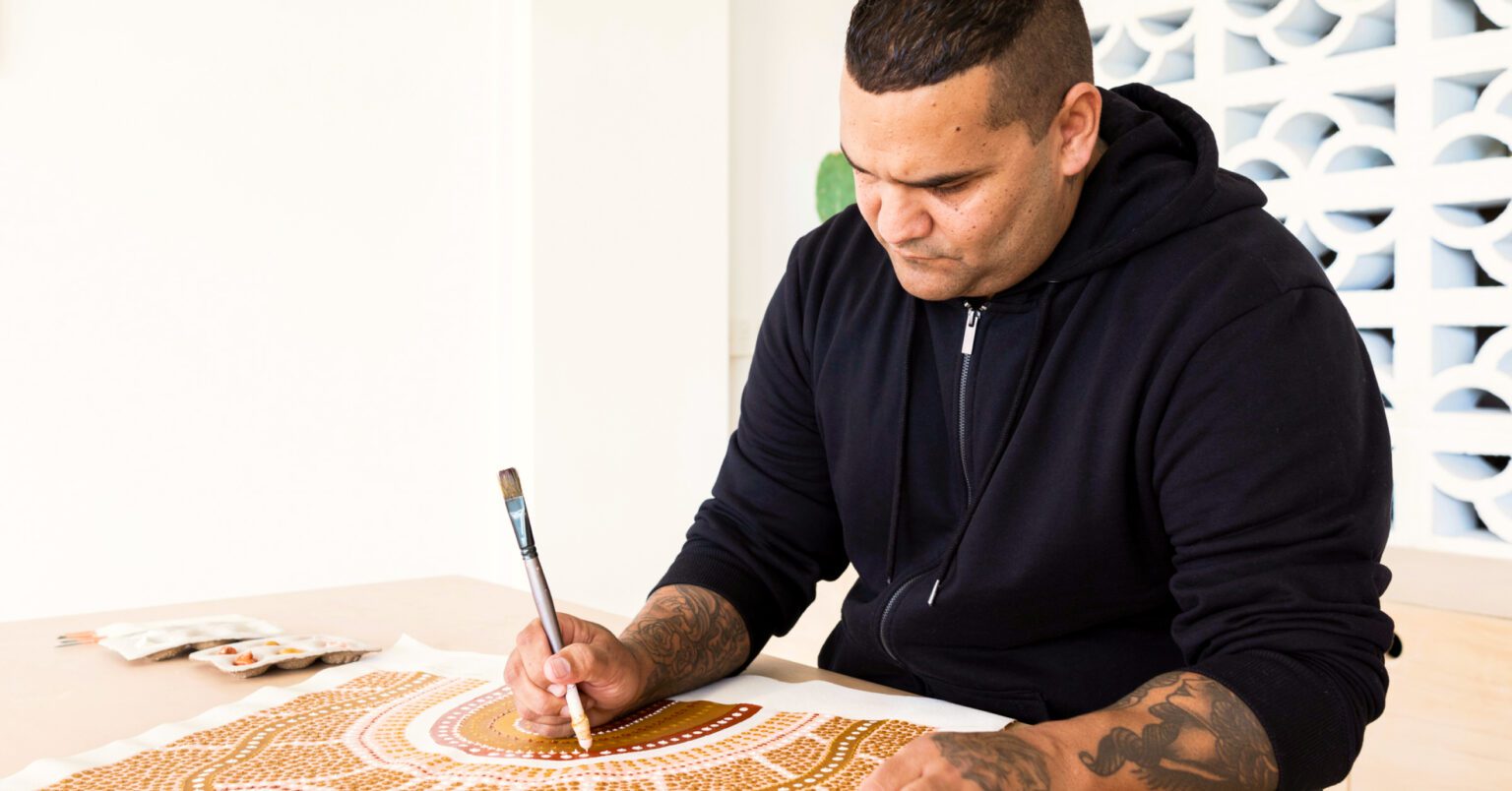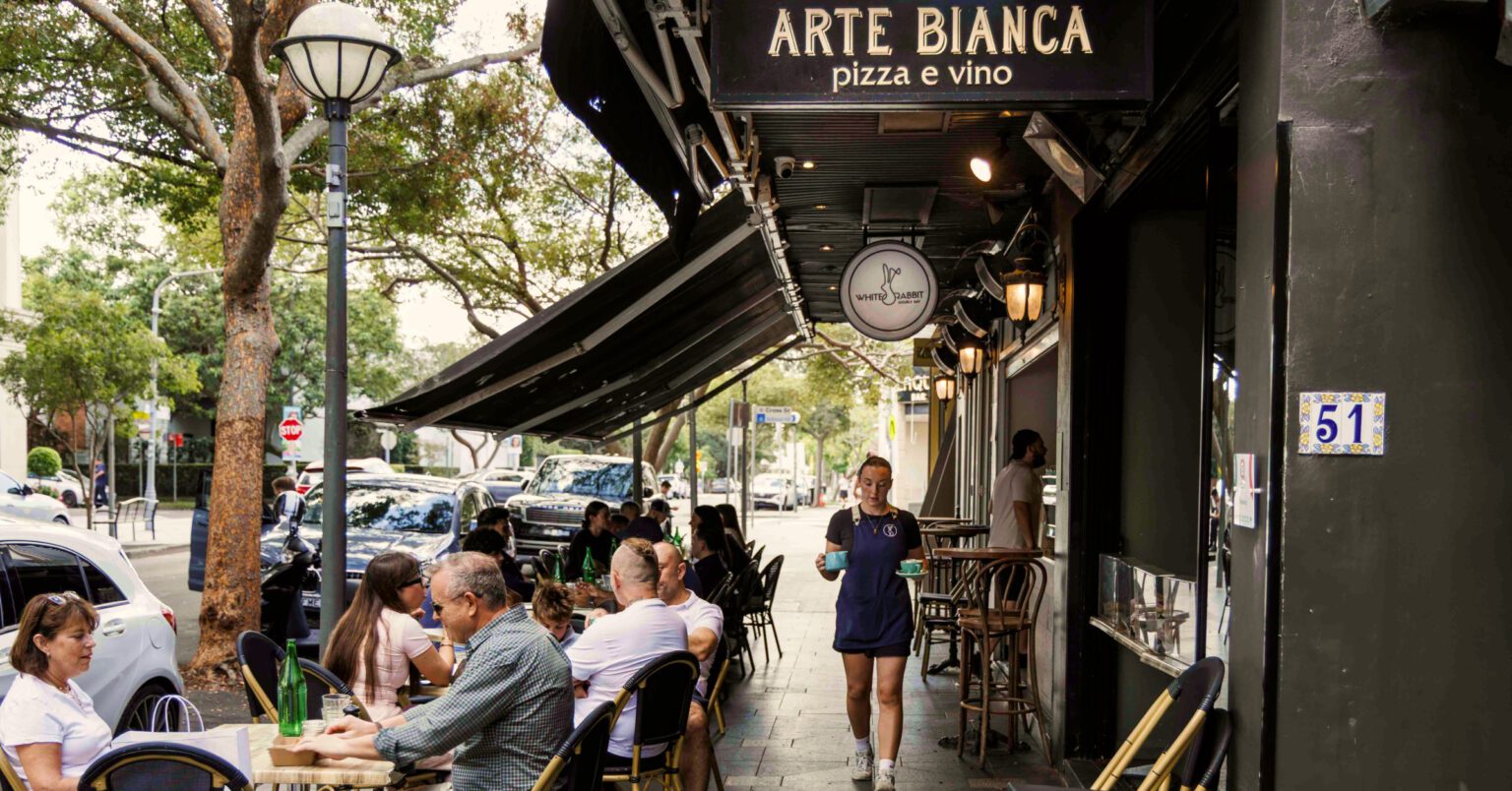The coworking scene is booming in Australia. The number of coworking spaces across the country grew by 297% between 2013 and 2017, and by the beginning of 2019, there were more than 250 coworking spaces across Sydney and Melbourne alone.
But coworking life isn’t for everyone – or forever, for that matter.
Niall McCarthy, Co-Founder of health and wellness app ZOVA, made the decision to move his tech company out of a coworking space and into a Surry Hills office in Sydney when his team grew to about 10 people.
“From my experience, about five people-plus is when it starts to make sense to look for your own office space,” he says.
Meanwhile, Shannon Ley, Founder of Milton Ashby, knew it was time to upgrade once he could generate enough consistent revenue to cover the rent of his own factory and office, and remain profitable.
“I started off solo without external investors, so needed to prove that people would buy the product before I made the significant investment,” adds Ley, who designs and manufactures personalised wooden children’s toys.
Glenn Duker, Managing Partner at PCL Lawyers in Melbourne, moved his firm from serviced offices into its own premises when it became economical to do so.
“Space is at a premium in serviced and coworking spaces. We quickly reached a point where the cost of being in serviced offices became too expensive,” says Duker, who has around 18 staff on his books.
“Moving to our own premises gave us greater control, flexibility, and provided a better experience for our clients and staff.”
Finding a new location
Ley says the key to transitioning into a new site successfully is plenty of planning and research to find a location that suits your business.
“I chose an industrial estate well away from any residential areas so that we didn’t have to worry about the noise from our machines,” says Ley, who more recently launched Ley & Co, which sells wooden wireless phone chargers.
McCarthy, meanwhile, chose to locate his office in Surry Hills because it was an attractive suburb for tech-savvy employees and was easily accessible via public transport.
“It definitely helps to attract talented people if you offer a nice space that’s close to parks, cafes and restaurants where your staff can enjoy their break,” he says.
For more tips on how to find the best premises for your small business, read this handy guide.
Challenges of moving locations
One of the biggest challenges Ley faced was minimising business downtime during the move.
“Relocating even a relatively small set of equipment was a sizeable job that required closing for a few days, plus there was a decent investment in setting up a larger dedicated space,” he says.
“To minimise the downtime to an absolute minimum, I made sure the whole move was planned out meticulously beforehand, including lining up tradespeople to start work the day I got the keys and planning out the minimum setup I would need to re-open.”
Duker suggests seeking a free rental period with your landlord to help overcome this challenge.
“Ask will there be a rent-free period and if so how long for?” he says.
The other big challenge Ley faced was the increased fixed cost.
“Given that rent and building outgoings continue regardless of whether we have a slow or good month, the large increase in rental costs was a pretty significant risk to take,” he says.
“Therefore I made sure we had a decent margin of safety before taking the leap.”
A line of credit is another option. In this article, Josh Secomb, owner of Sydney-based marketing agency Broad Reform, shares how he used a line of credit to manage cash flow while moving into new office space.
Before signing the lease
McCarthy says when signing a lease there are generally three main mistakes to avoid:
- You don’t want to rush the process and overpay.
- You don’t want to sign for too long.
- You need to make sure the space will be suitable if your business grows or changes.
“For example, our business has matured to a point where there is a lot of trust between our team members and now our entire team works remotely instead of in an office,” he says.
Duker says when seeking your first office, a shorter lease is generally better – don’t be tempted to sign a longer lease for cheaper rent.
“Knowing you don’t have a big commitment that you’re locked into takes a lot of pressure off in the early days of your business,” he says.
“Also look at the amount of the security deposit, who will pay for the fit-out and options for further terms.”
5 tips for moving into a new office
Ley shares his top five tips for moving out of a coworking space and into an office of your own:
- Prepare a budget and update it regularly – it might cost more than you think.
- Book in any tradespeople well ahead of time. Check their work before they leave.
- Organise utilities in advance.
- Plan the layout, including furniture, equipment and power point locations.
- If your customers expect prompt service, plan how you will communicate your closure.
If your coworking days are numbered, but you don’t have the capital to rent and fit out a new office, a small business loan from Prospa could be the answer. Talk to one of our small business lending specialists on 1300 882 867 to find out more.








